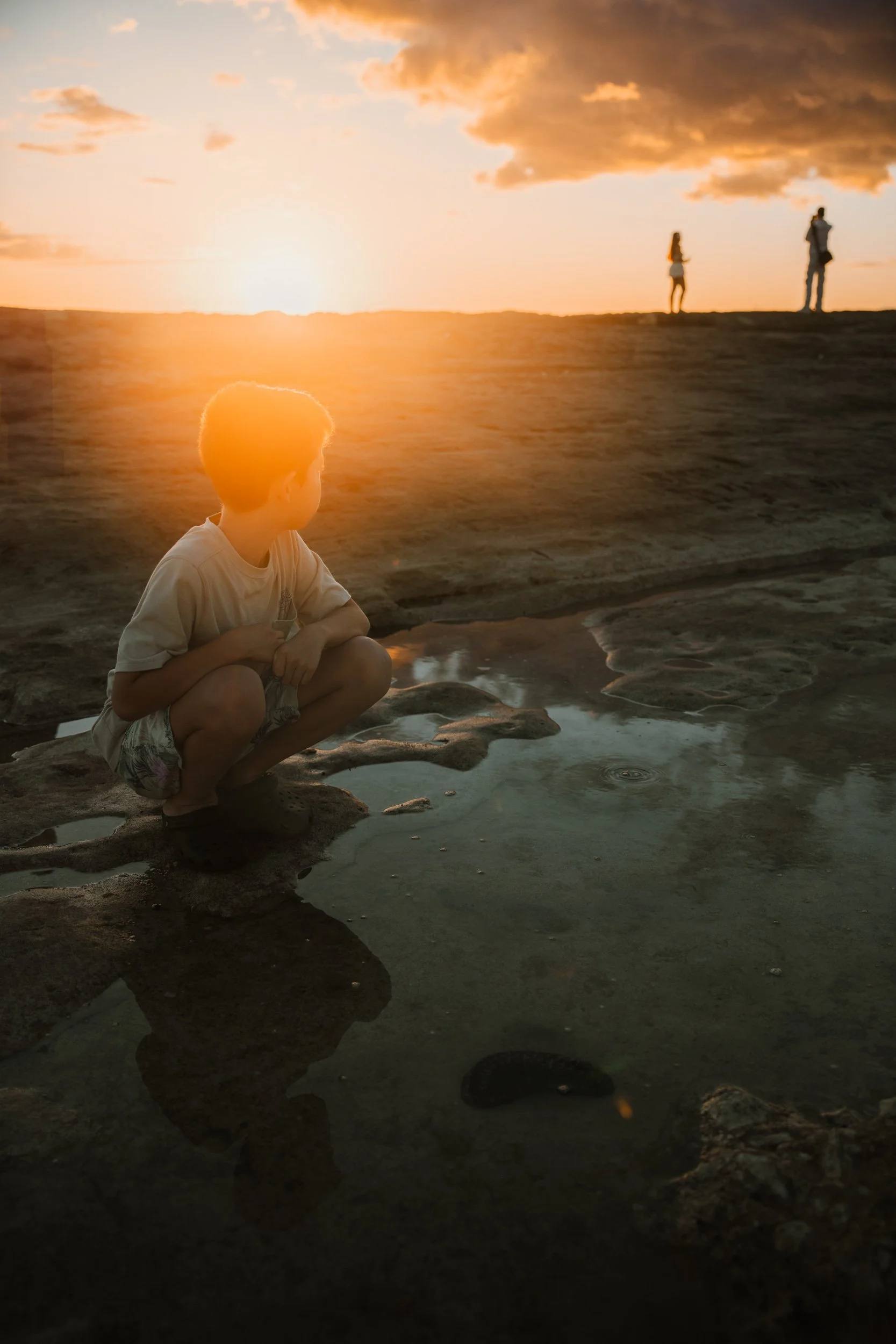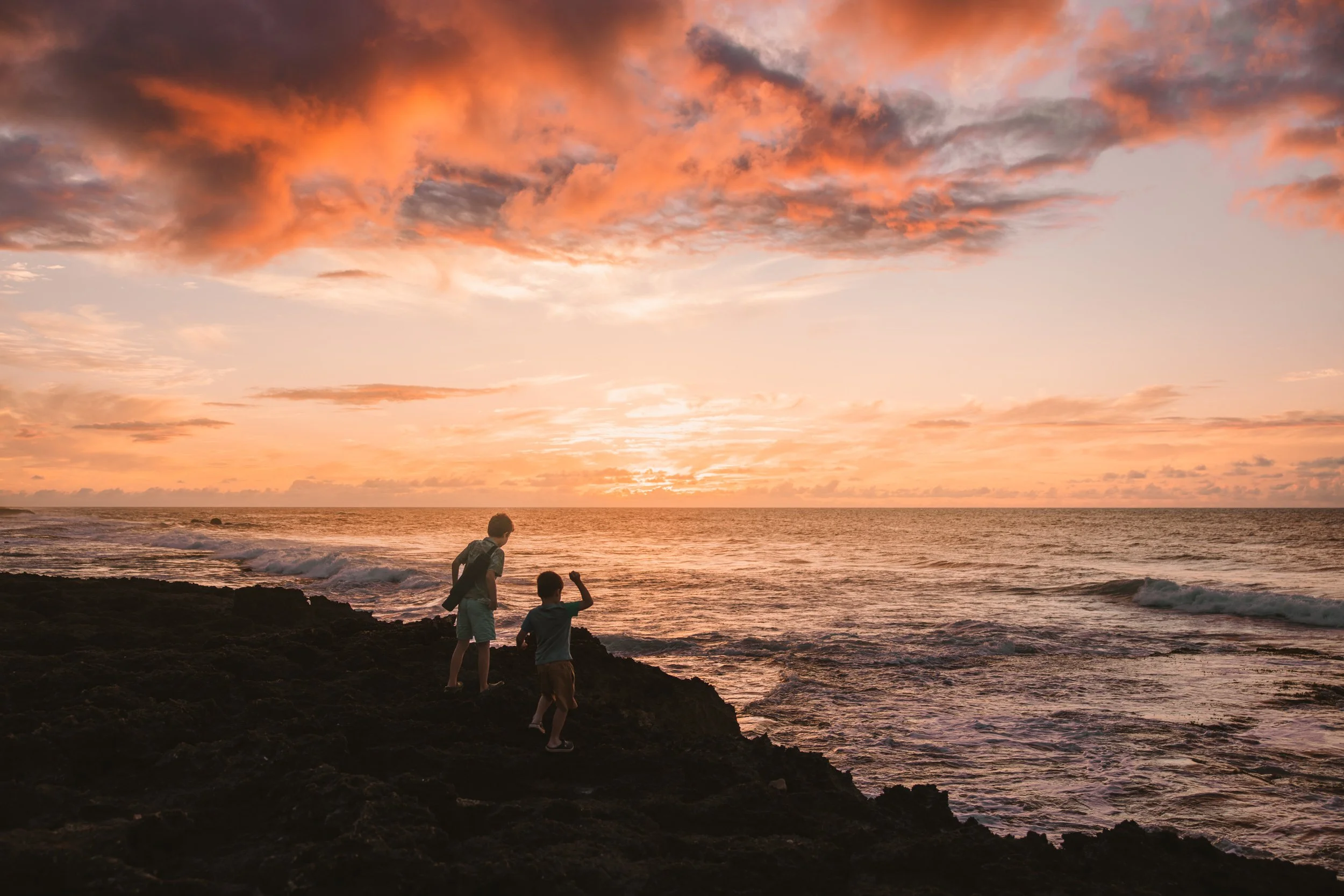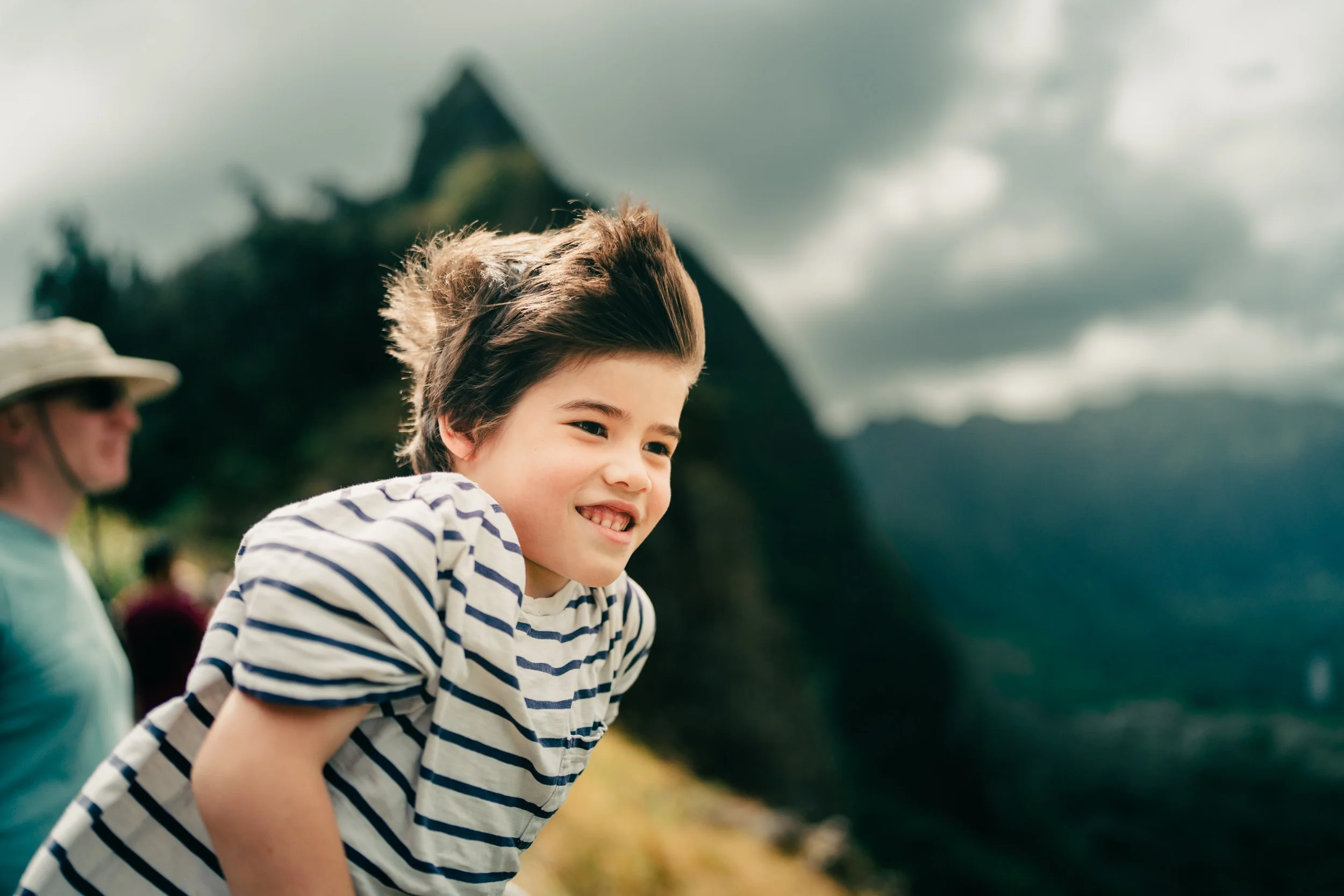How To Take Unique Travel Photos In Hawaii
Hawaii attracts millions of tourists and photographers every year, yet most return home with remarkably similar shots — the same Waikiki Beach compositions, the same Diamond Head angles, the same sunset poses. After spending over 4 months in Oahu this year alone and multiple trips to Hawaii over the past 20 years, I've identified seven critical mistakes that separate average Hawaii photography from truly unique perspectives.
Whether you're photographing the beaches of Maui, the volcanic landscapes of Big Island, or the lush valleys of Kauai, these simple shifts will transform your Hawaii travel photography from tourist snapshots to compelling visual stories.
Mistake #1: Only Shooting in Perfect Weather
When dark rain clouds roll in over Hawaii's mountains, most photographers pack up their cameras. Big mistake.
Those "bad weather" conditions often create Hawaii's most dramatic photography opportunities. Rain clouds in Hawaii move quickly, bringing:
Rich, textured skies that add depth
Post-rain clarity that makes colors pop
Potential rainbows (Hawaii is the rainbow capital of the world!)
Soft, even light perfect for portraits
Overcast days eliminate harsh shadows — a blessing for photographing people on bright beaches. Instead of waiting for blue skies, embrace Hawaii's changing weather patterns. This adaptability separates travel photographers from tourists with cameras.
Mistake #2: Photographing Too Early During Golden Hour
Yes, golden hour is magical. But here's what most photographers don't realize: it's also rush hour for every tourist, influencer, and photographer at popular spots.
A better strategy? Shoot closer to actual sunset and linger into blue hour.
That short window when the sky shifts from deep orange to magenta to purplish-blue is pure magic. It’s also when the beaches start to clear out.
Try silhouettes against the sun, or shoot directly into the glowing horizon — something you can’t do earlier without blowing out the highlights.
Timing isn’t just about light — it’s about managing crowds and finding moments others miss.
Timing isn't just about light — it's about managing crowds and finding moments others miss.
Mistake #3: Only Doing Posed Beach Shots
The classic Hawaii photo: family lined up, everyone smiling at camera, ocean behind them. There's nothing wrong with that shot, but the real magic happens between the poses.
Instead of directing every moment, document what's naturally unfolding:
Kids racing waves at water's edge
Family navigating jungle trails
Spontaneous laughter after getting splashed
Quiet moments watching sea turtles
These authentic moments tell richer stories than any posed shot ever could. Anticipate the action — the splash, the surprise, the genuine joy.
Mistake #4: Sticking to Resort Areas and Famous Beaches
Here's a secret about Hawaii: every beach is public. Whether you're at the Four Seasons or a budget rental, you have access to the entire coastline.
While everyone's shooting at Waikiki, Ko Olina, and Lanikai Beach, venture off the beaten path:
Drive the entire coastline
Stop at pullouts with fewer cars
Explore beaches with limited parking (empty for a reason!)
Ask locals for their favorite spots
I've shared several guides to Oahu's best photo spots beyond Waikiki. The key? Go where most tourists don't.
Mistake #5: Fighting Crowds Instead of Using AI Tools
For years, I avoided iconic locations during peak times because of crowds. That's changed completely.
Modern AI tools like Lightroom's people removal are so effective that I now focus on:
Nailing the perfect light
Getting the ideal angle
Capturing the moment
Cleaning up distractions in seconds during post-processing
This opens up shooting opportunities at Diamond Head Crater, Hanauma Bay, and Pearl Harbor during their best light — times previously off-limits due to crowds.
While I still prefer those hidden spots from Mistake #4, busy backgrounds are no longer dealbreakers.
Mistake #6: Always Facing the Ocean
Yes, the Pacific Ocean is stunning. But if every shot faces the water, your gallery becomes one-dimensional.
Turn around. Look for variety.
Mountain backdrops add dramatic scale. Tree canopies provide natural framing. Volcanic rock formations create textures.
Same beach, different angles = completely different moods and stories.
Mistake #7: Missing the Details
Most photographers focus on the obvious — sweeping beaches, dramatic sunsets, Diamond Head. But Hawaii's soul lives in the details:
Natural details:
Layers of jungle canopy
Patterns in lava rock
Single plumeria floating in tide pool
Power of a blowhole spray
Wildlife moments:
Monk seals resting on secluded beaches
Sea turtles surfacing between waves
Wild chickens strutting everywhere
Cultural elements:
Local fishermen at dawn
Graffiti art in old pillboxes
Lighthouses shrouded in mist
Shave ice stands with character
These small moments provide context and completeness to your bigger scenes.
Great Hawaii photography isn't about finding secret beaches or waiting for perfect conditions. It's about seeing opportunities others miss — adapting to the light, weather, and crowds while capturing the complete story of Hawaii's diverse beauty.
Ready to elevate your travel photography?
My course Document Happiness provides a step-by-step system for capturing authentic moments in any location, with real-world examples and purposeful practice exercises. You'll develop the confidence to create compelling travel photos without the overwhelm.




































Hiking the Aiea Loop Trail on Oahu, Hawaii taught me more about travel photography than any perfect golden hour ever could. From muddy trails to shifting fog over H3, this story is a reminder that the best images often come from the unexpected moments along the way.